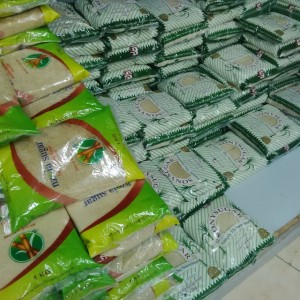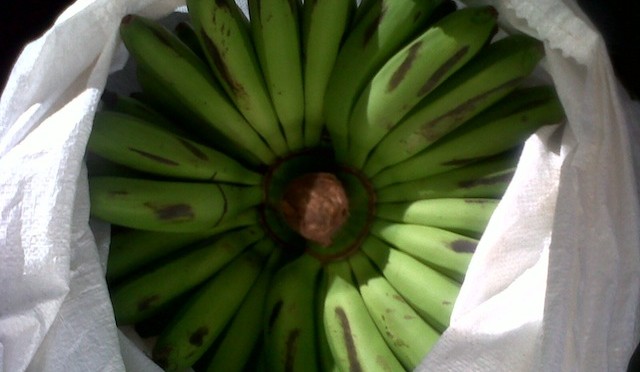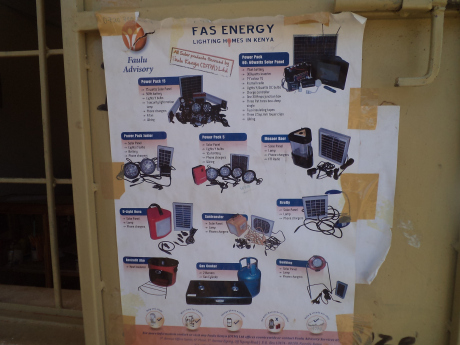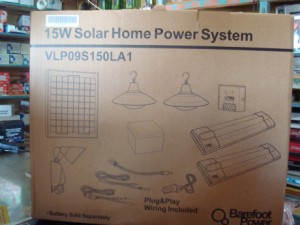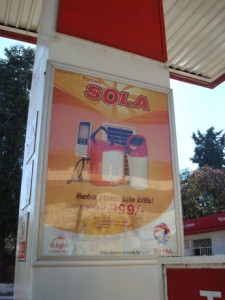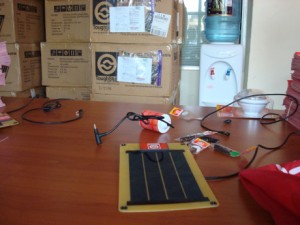Earlier this month, I took a trip to the Lamu county at an invitation from the Gulf Energy side of Amu Power, and Gulf are the leading a project that will see the construction of a coal power plant that will generate 980 MW for Kenya.
This is part of an ambitious project by the government to invest in and diversify its future energy generation capacity, from one that’s relied for years on hydropower dams and more recently to diesel, geothermal and wind power sources.
The coal plant to be built by Amu Power is one of several large projects planned by the government for Lamu, and the team from Amu Power has been meeting with various stakeholders over the last few months including sessions with residents of the area, coastal governors, other politicians, and elders.
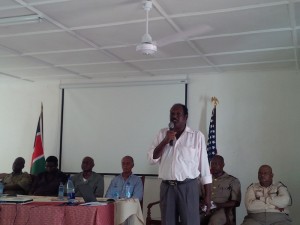 This one, at the American Centre in Lamu town, saw the Amu Power team meet with their community partners, and local county staff, led by the Lamu county commissioner, district officers and area chiefs, and DO’s. They form a vital link being the government administrators in the community, heading security and intelligence teams, and it was to explain what the company would be doing over the next 3 years.
This one, at the American Centre in Lamu town, saw the Amu Power team meet with their community partners, and local county staff, led by the Lamu county commissioner, district officers and area chiefs, and DO’s. They form a vital link being the government administrators in the community, heading security and intelligence teams, and it was to explain what the company would be doing over the next 3 years.
The 980 MW Coal Plant in Lamu is being built for Kenya’s Ministry of Energy and Petroleum on a build, own, operate and transfer basis for 20 to 25 years. But already, there has been some controversy by some NGO groups who have started a campaign in communities and on social media to stall or discredit the project. By having such sessions with the area leaders, Amu Power were hoping to avoid a repeat of issues such as in Kinangop where residents have delayed a wind power project.
Sanjay Gandhi, a consultant working for Amu Power, explained that coal plants of years past are not built anymore and there is new technology that mitigates the old environmental challenges that come from coal. He noted that all projects have effects on the community, but with good mitigation measures these can be alleviated. The Amu Power plant will be built by Chinese contractors, but to standards set by American institutions. Also the Amu Power offices will be on site and they will live and supervise the plant with full teams of staff for the next 25 years. 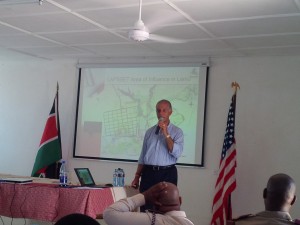
Sanjay explained that Kenya needs the electricity and that peak demand has gone up from 899 MW in 2005 to 1,470 MW in 2014, with Lamu town itself still powered by diesel generators. KPLC is adding 200,000 customers every year, and it is expected that peak demand for electricity will reach 5,359 MW by 2017.
Coal is also the cheapest form of energy at 7.5 US cents (Kshs 6.30 per unit) compared to geothermal at 9 C, and solar and wind power 12 C /kwh (Kshs 8 per kilowatt-hour). He said coal is the most cost-effective way of generating industrial power, and once you turn it on, the plant will be able to run for 8 months without turning off. Kenya’s ability to add new hydro dams is diminishing and renewable energy sources like wind and solar power are not consistent enough for industries to run.
The government’s only investment will be a through commitment to buy electricity 981.5 MW of electricity at Kshs 6.3 per unit and the Amu Power plant will be built to handle different types of, whether from Kitui county (where coal has been found), or imported from South Africa, Mozambique, or Indonesia.
Amu Power is planning to complete the plant through 21 months of day and night work; this is after 7 months were lost in court following the government decision to award them the project. They will build on 870 acres of land that the company will lease from Kenya Ports Authority who are buying land from residents in the area, and while actual boundaries have not all been determined, people have been buying and speculating on land value appreciation in and around the site.
They have identified a Chinese contractor to do the work, and the company wants 1,000 local youth to go to the National Youth Service (NYS) for 6 month training to be ready for work in October. They have started with Pate area and plan to find 100 people in each of the 10 Lamu wards to be trained and employed as masons, brick layers, welders, fitters, riggers, electricians – and if the contractor can’t find local people, they will get others from outside the area.
They estimate that the plant will need 2,000 employees on a full-time basis during construction, and 3,000 at peak. Thereafter, there will also be 500 permanent jobs for 25 years, and while early managers will be Chinese, there will be a requirement for each foreigner to have a Kenyan understudy throughout. There are opportunities for the local community to prepare and provide all that is necessary for these workers, such as housing and food in addition to supplying building materials for the construction. 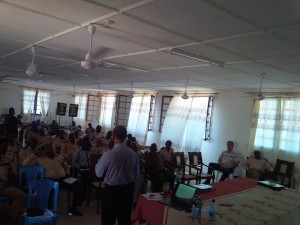
After the talk, there was question and answer session in which local chiefs raised various points of concern including – plans for local fishermen who rely on fish catches for they livelihood, need to re-forest the area, need for completion of school classrooms, need for sea wall rebuilding in some places, a need to train youth in small business skills, the lack of bursaries for school kids, as well as the challenge of combating drugs and alcohol, which were mentioned in the Lamu county development plan. They also raised the issue of controversial payments for land ownership that has happened in some areas of the planned Lamu port.
The county commissioner spoke and appealed to chiefs to look at security in their areas, and talk to people, as ultimately, all Lamu people will benefit from the new Lamu projects. He noted chiefs have a lot of influence and can combat propaganda, as people still believe what a chief says and this has a big impact on communities. He asked the chiefs to look out for issues that concern him including ensuring that no one invades other people’s land, especially with violence, that they curb burning of bushes to eliminate historical land barriers, watch out for illegal cutting of forest trees and ensure that there are no more night weddings / night discos – as they had to put an end to the practice of school girls being married off.
See Part II which includes a visit to the proposed power plant site.
